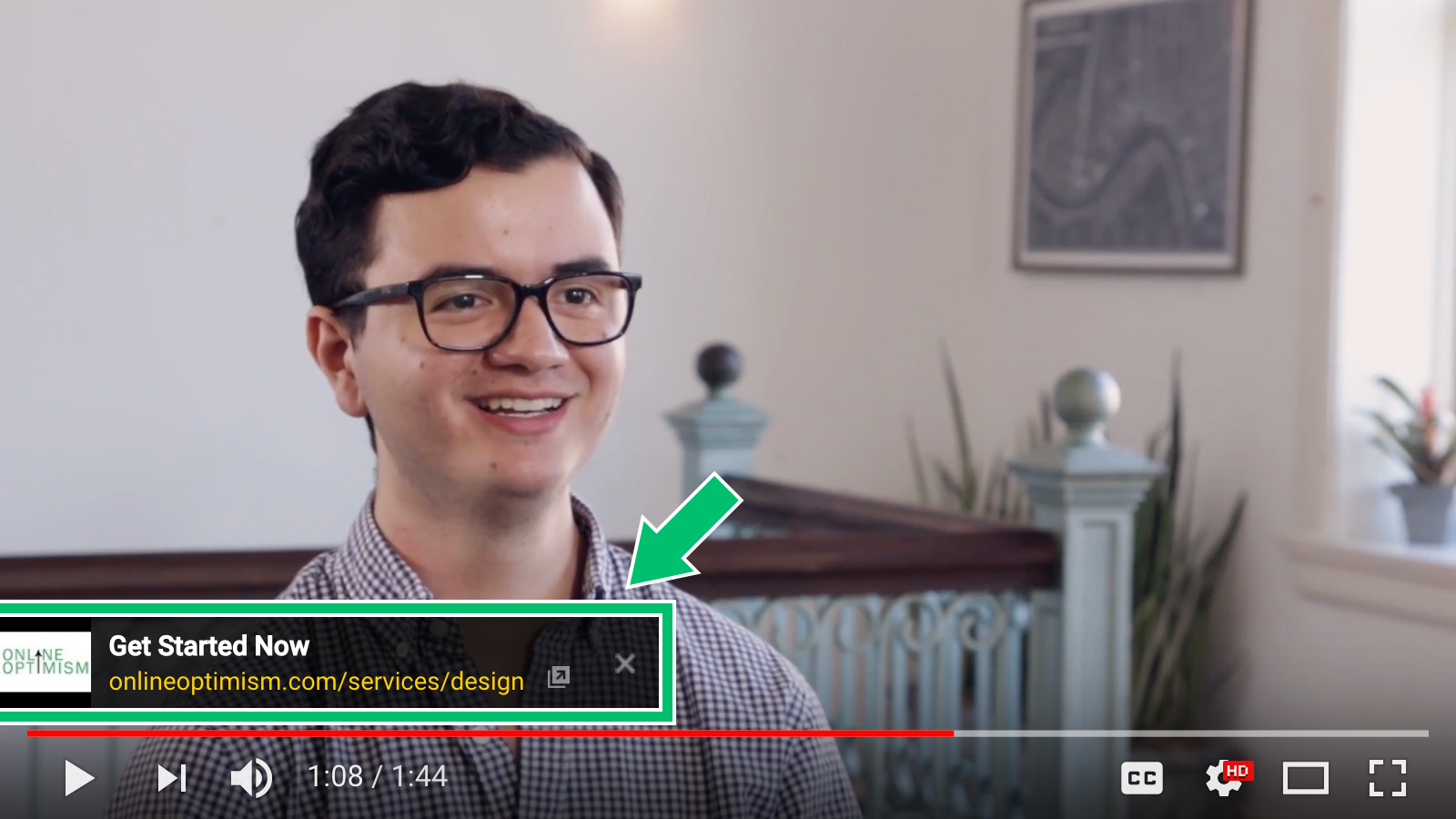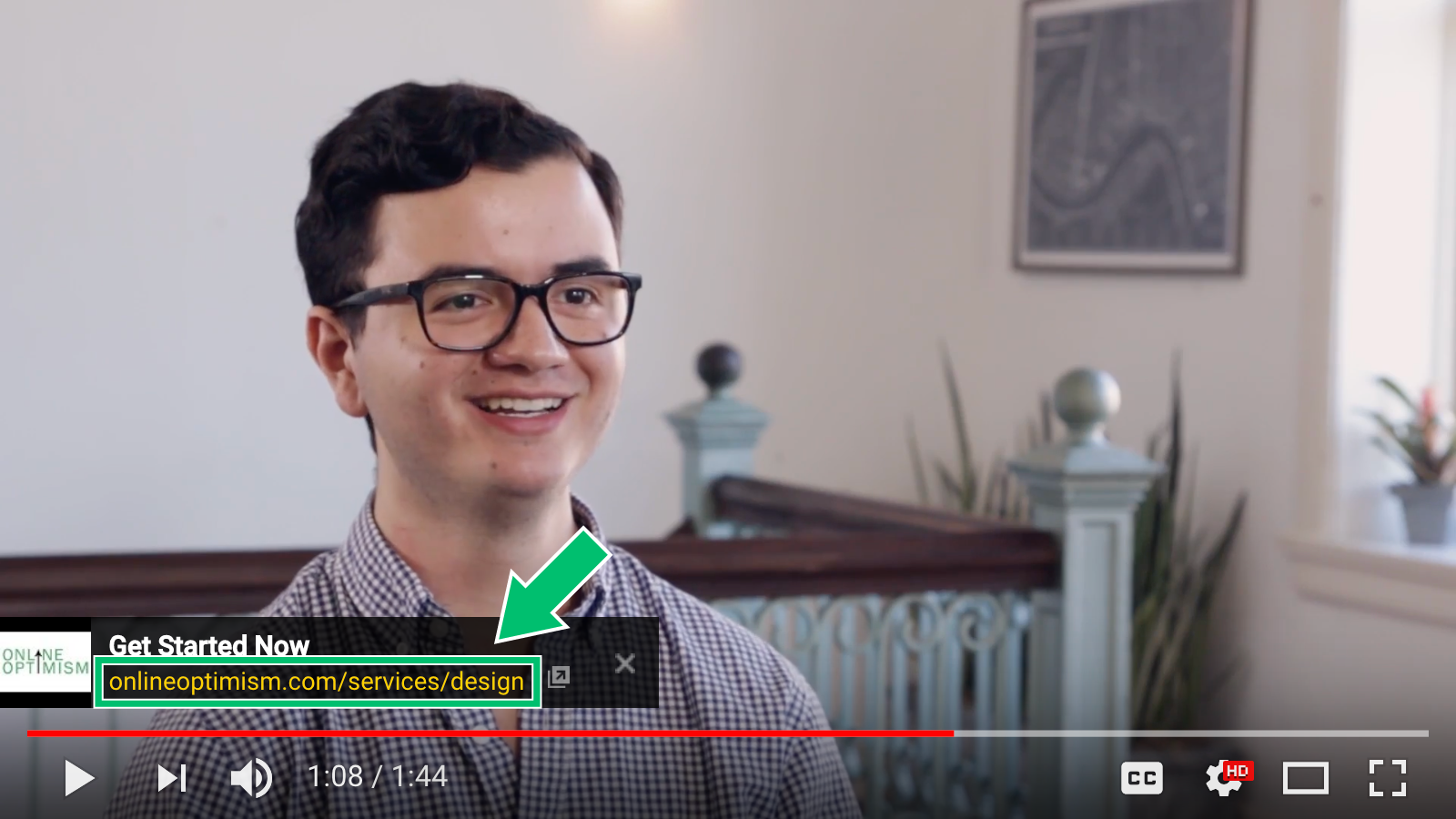Video Use in SEO and SEM
We all know the power of video. If a picture is worth a thousand words, a video is easily worth millions. Internet users absolutely love video, watching over 500 million hours of YouTube videos per day. Expectations for video marketing in 2018 and the coming years are increasing as well; 51 percent of marketing professionals around the world say video content gives the best ROI. Videos can be either incredibly helpful or detrimental to your business, and with the rising importance of SEO (search engine optimization) and SEM (search engine marketing) in online marketing, businesses need to know how to harness their power and execute video campaigns to their advantage.
Differences in Video Use in SEO and SEM
The difference between SEO and SEM video campaigns really lies in whether you’re trying to increase your search placement organically (SEO) or you’re paying to increase your search placement (SEM). SEO videos usually are informational and educational, whereas SEM videos are typically meant to sell products, promote a brand, etc.—they’re advertisements. A few notable differences in video use in SEO and SEM are:
- SEM videos will appear as advertisements online. For example, they might play before or during a video on YouTube. SEO videos will not.
- SEO videos can be longer and involve more chatting and explanations, whereas SEM video advertisements tend to be shorter and usually contain particular features, such as call-to-action overlays.
For SEO purposes, the video should answer a specific question or shed light on a particular subject. For SEM purposes, the video should highlight a promotion, brand, product, etc.
Here is one of Online Optimism’s SEO videos:
It answers a specific question, is almost 2 minutes long, and features a lot of dialogue.
Here is one of Peelr’s SEM videos:
It is short, has a website where users can follow up with the company, and promotes the company.
Advice for SEO Videos
Create an Enticing Thumbnail
Since the first impression of the video is the thumbnail, it’s crucial for the thumbnail to be intriguing. A high-quality freeze frame from the video with a little bit of text is one great example, but you can get creative if you upload your own. The thumbnail should relate to your title, perhaps even including the title in the image.

Increase Shareability (And Share It Yourself!)
For SEO, video campaigns need to put an increased emphasis on shareability and link building. This is important because gaining traction on social media, blogs, and other websites will help your video reach a broader audience. Ways to improve shareability include allowing your video to be embedded and including “like” and “share” buttons. Post the video on all your own social media platforms and include it in your email marketing as well to share it with your followers and increase impressions. The more places it is posted, the more it can do for your business.

Host the Video on Your Own Website
If you’re capable of hosting the video on your own website, you should do it to get more clicks back to your personal domain. This is not to say you shouldn’t post your video on YouTube or other platforms, but you might get more results for your own webpage if you host it there rather than just having the link to your website in a description box.
Advice for SEM Videos
Pick the Right Landing Page
Just like in regular search campaigns, it’s crucial to make your landing page relevant to the consumer and the ad. Your landing page is the website your viewers will go to if they click on your ad. Let’s say you’re a jeweler who produced a video about your new collection of necklaces. You should probably make your landing page the feature page for your latest collection as opposed to your home page.
Test Different Video Lengths
With a lot of footage and not a lot of time for an SEM video, it can be hard to edit down and settle on a final version. Experiment with different video lengths, create a few variations of your video, and see what performs best! Even a second or two can change how your video performs, so don’t shy away from experimenting.
Use Brand Lift Surveys on YouTube SEM Videos
Brand Lift Surveys are those seemingly random questions that YouTube asks you before playing a video. You answer something like, “Which of these brands have you seen an ad from in the past month?” Google, the mastermind behind YouTube, has specially targeted this question, and it knows which ads it has shown the viewer in the past month. These survey questions help advertisers test ad recall, brand awareness, purchase intent, and more. Google can also use organic search data to discover brand interest as well, which is a great way to measure how your paid search and organic search are improving your brand. For more information on Brand Lift, check out what Google has to say or reach out to our team about our YouTube marketing services.
Include Call-to-Action Overlays
Calls to action are crucial for any ad. Outlining next steps for a user makes it easy to turn their interest into an inquiry, purchase, or whatever else might be available! Be sure to have a short but relevant phrase telling people a specific action they can take with your brand. Great examples include “Visit Us!” and “Call Now!” If you don’t want to edit it into your video and you’re planning on posting your video to YouTube, then you can use YouTube’s tool for call outs, which will allow you to include a thumbnail, call to action, and landing page URL.

As mentioned above, you should keep the landing page URL relevant to the ad. In this video, we discussed design, so naturally it links to our “Design” webpage.

Both SEO and SEM Videos
Do Keyword Research
Google AdWords, Moz Pro, and other tools are available for you to discover keyword competition. This is your best insight into how the keywords you may choose to include in your video script, title, description, and more will perform. It’s important to pick keywords that are relevant to both the video and your target audience. Find keywords that are not very competitive and will help users find your content when they go to their search engines. Be sure to use the keywords wherever you can: in the video, in the title, in the description, in the URL—wherever you can naturally fit them!
Use Metadata Wisely
Metadata is data about data. The more metadata you provide, the more insights you give search engines about your video’s details (its length, description, and so on). Things like making your upload file name “WhyILoveEmojis.mp4” instead of “video1.mp4,” writing out the closed captions to your video, adding keywords to your upload, and ensuring the video URL is relevant are all great ways to provide search engines with metadata to enhance your SEO and SEM.
Interested in SEO and SEM Services?
Online Optimism’s team has SEO and SEM experts who can help improve your company’s search placement. If you want to integrate video into existing campaigns or build entirely new ones, learn more about Online Optimism’s SEO and SEM services and contact us today!
